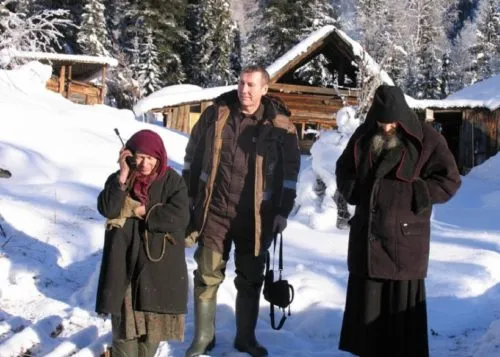The taiga is a large biome distinguished by its thick and coniferous flora; it is also known as the boreal forest. It’s important to the planet’s biological equilibrium because it’s one of the largest terrestrial biomes. The taiga biome, however, confronts a number of obstacles that have combined to create what has been called the “Taiga Impasse.” In this piece, we’ll investigate the knotty nature of this deadlock and look for ways out.
The Taiga Impasse: Unveiling the Challenges
1. Deforestation and Logging Pressures
Because of its rich timber resources, the taiga has become a popular location for logging operations. The delicate balance of the environment is upset by unchecked deforestation, which results in the loss of habitat for many species and hampers attempts to sequester carbon.
2. Climate Change and Melting Permafrost
A large amount of carbon is sequestered by the taiga. As temperatures rise, however, permafrost begins to thaw, releasing previously sequestered carbon into the sky. This feedback loop exacerbates the already-severe effects of global warming on the ecosystem.
3. Biodiversity Decline
Numerous plant and animal species call the taiga home, and many of them have evolved to survive in the region’s extreme climate. There has been a decrease in biodiversity due to human activities including habitat loss and pollution, which pose threats to the survival of these rare species.
4. Indigenous Communities and Cultural Erosion
For decades, indigenous peoples have coexisted peacefully with the taiga. Rapid environmental change causes disruption in traditional ways of life, which in turn causes the loss of knowledge and culture.
Strategies for Overcoming the Impasse
1. Sustainable Logging Practices
Sustainable logging techniques can help find a middle ground between commercial logging and environmental protection. It is possible to lessen the effects of deforestation by measures including selective logging, low-impact logging, and replanting.
2. Carbon Sequestration Initiatives
Combating climate change requires aggressive carbon sequestration efforts. Enhancing the taiga’s potential to absorb carbon through reforestation and afforestation programs can help achieve global carbon reduction targets.
3. Protected Areas and Conservation
Protected areas established inside the taiga biome can help preserve biodiversity by shielding important ecosystems. Sustainable conservation of these regions requires cooperation between governments, organisations, and indigenous groups.
4. Indigenous Knowledge Integration
Indigenous peoples’ long-held ecological understandings have much to teach us about how to best care for the taiga. For the health of the biome, it is crucial that their rights be respected and that they be included in decision-making processes.
Conclusion
The taiga standoff illustrates the difficulty of striking a compromise between progress and conservation. This deadlock may be overcome and the survival of this precious ecosystem secured by implementing sustainable practises, fighting climate change, and respecting the wisdom of indigenous populations.
Frequently Asked Questions (FAQs)
Q1: What is the primary challenge facing the taiga biome?
A1: Deforestation, rising temperatures, declining biodiversity, and the loss of traditional ways of life are only some of the threats to the taiga.
Q2: How does deforestation impact the taiga ecosystem?
A2: Deforestation is a major danger to biodiversity because it destroys ecosystems and speeds up global warming.
Q3: What role do indigenous communities play in taiga conservation?
A3: Because of their long history with the taiga, indigenous tribes have accumulated a wealth of information and techniques that may be used to protect this ecosystem.
Q4: Can sustainable logging really make a difference?
A4: The harmful effects of deforestation may be mitigated, and this is possible with sustainable logging practises.
Q5: How can individuals contribute to taiga conservation efforts?
A5: Answer 5: Individuals may help conservation efforts by raising awareness and making sustainable lifestyle decisions.





